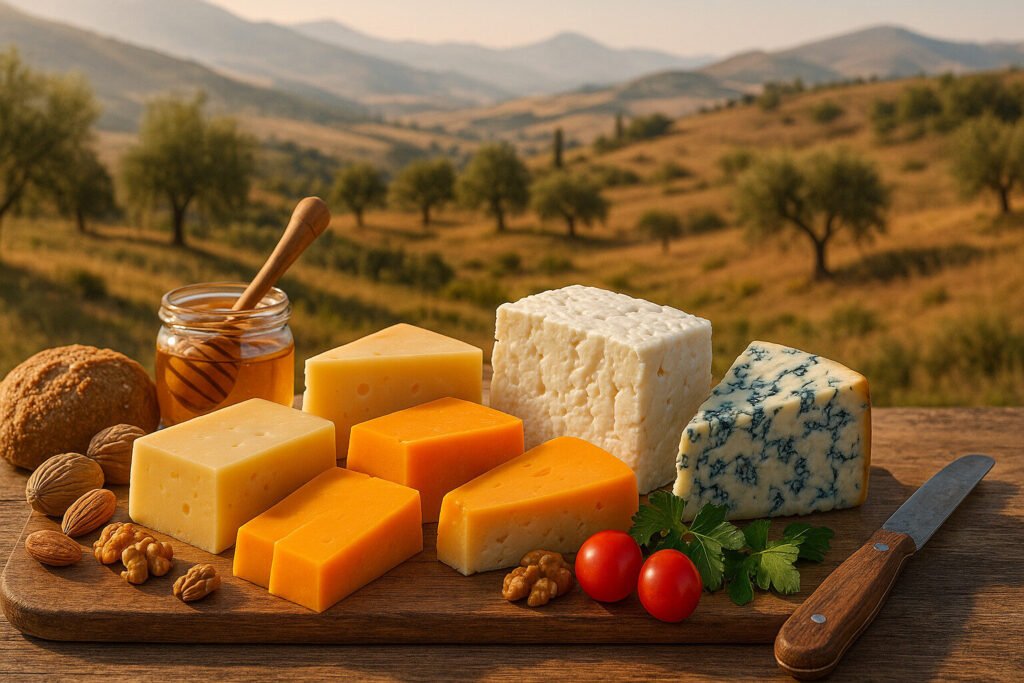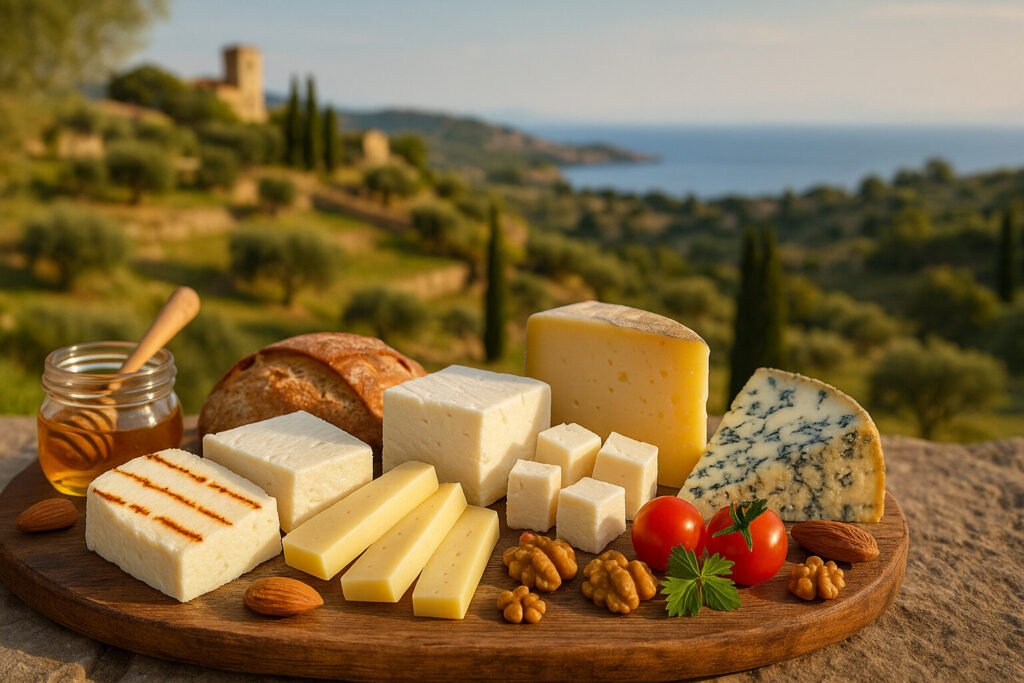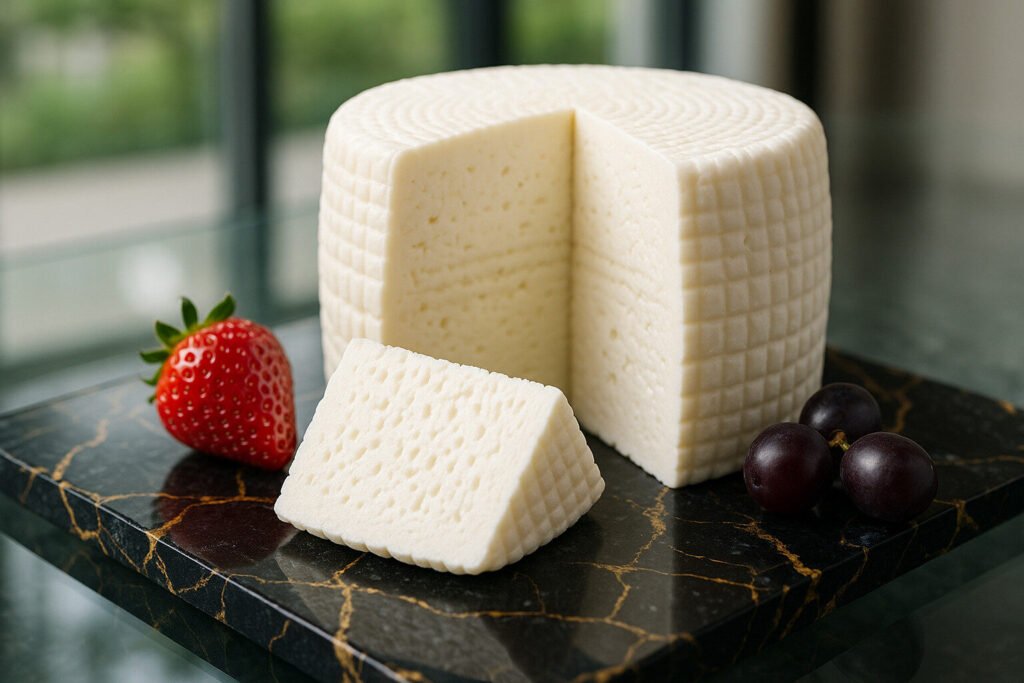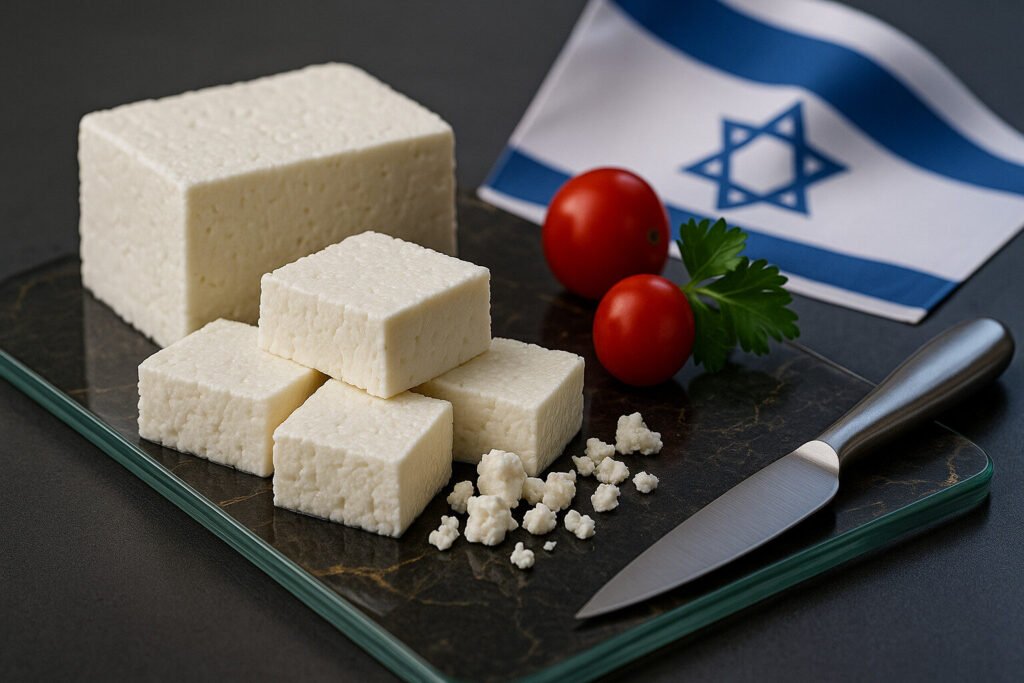Cheese Of Palestine
Definition and Scope
Palestine cheese refers to traditional dairy products originating from Palestinian territories. These cheeses are primarily fresh, brined, or aged varieties made from sheep, goat, or cow milk. They form a distinct category within Middle Eastern cheese traditions, reflecting local agricultural practices.
Key examples include Nabulsi, a brined cheese with mastic and mahleb spices, and Akkawi, a semi-soft brined cheese. These cheeses are characterized by their preservation methods and cultural significance. They represent a specific regional branch of cheese taxonomy with unique production techniques.
Production Methods
Traditional Palestinian cheese production begins with raw or pasteurized milk from local herds. The milk is typically coagulated using animal rennet or vegetable alternatives. Cheesemakers then employ specific techniques like stretching, brining, or dry-salting according to the variety.
Nabulsi cheese undergoes a unique process where the curds are boiled in saltwater before being shaped. Akkawi cheese involves repeated washing and pressing of curds to achieve its texture. These methods have been refined over generations to create consistent regional styles.
Sensory Profile
Palestinian cheeses typically present a salty flavor profile due to brining processes. Their textures range from semi-soft and elastic in Akkawi to firm and sliceable in aged varieties. Many feature subtle herbal or spice notes from local flavoring agents.
The aroma of fresh Palestinian cheeses is mild and milky, while aged versions develop more complex notes. Visual characteristics include white to off-white coloration and smooth surfaces. These sensory properties help distinguish Palestinian cheeses from other Middle Eastern varieties.
Culinary Applications
Palestinian cheeses serve both table and cooking purposes in local cuisine. Nabulsi cheese is commonly used in desserts like knafeh, where its melting properties are essential. Akkawi appears frequently in pastries and breakfast dishes throughout the Levant.
These cheeses also feature in savory applications including stuffed vegetables and meat dishes. Their salt content and melting characteristics make them versatile cooking ingredients. Traditional recipes specifically call for particular Palestinian cheese varieties by name.
Regional Variations
Palestinian cheese production shows notable variation between different regions. The West Bank specializes in Nabulsi cheese, named after the city of Nablus. Coastal areas produce more Akkawi-style cheeses adapted to local climate conditions.
Mountain villages often create smaller-batch artisanal versions using traditional methods. These regional differences reflect available livestock, climate factors, and local taste preferences. Each area maintains distinct cheese-making traditions within the broader Palestinian classification.




